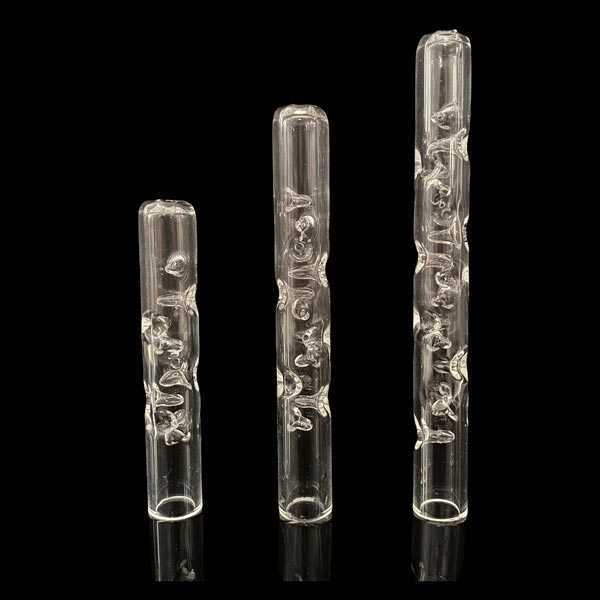General Disaster
Schrödinger's rat!
I've no formal scientific education so I may be wrong but I think you're describing 'heat capacity' which is quantity related, rather than 'specific heat' which is unit-mass based instead.Specific heat is an extensive property. It extends with the quantity of matter.
Which is why I was asking if density had a direct relationship with specific heat or whether it had a separate effect of it's own, not asking what density means.ZrO2 being denser than boro, there is more mass in a Zirconia filled head than a boro one.
So I assume that density has little direct relationship to specific heat, as you've only used it to calculate the mass, and used specific heat to calculate the energy?
Um, are you really sure about that?Also keep in mind that specific heat value depends on the measurement protocol and results vary depending on the technic used.
The unit of specific heat is Joules per gram per degree Celsius. All of those three values are absolutes. The weight doesn't change (unless you leave the surface of the planet), the energy change is a set amount, the temperature is the temperature - how can these vary? What different protocols would give different values?
The point of specific heat is it's not conditional to anything but those three absolute values, there's only one specific heat for a particular substance I believe, you don't see a number of different specific heat values for one thing, that I've ever noticed. Granted certain parameters have to be fixed or within a range, such as temperature and pressure, but this is the same as for most standard attributes, like B.pt and M.pt, and many (most?) other physical attributes, it's just part of the definition of these properties of a substance.
"... technic used." - not heard that word before, did you mean technology? Or something else?
Must we?Let's do the math.
Pretty much what I described with words instead of numbers? Or were you saying something different?What does that means ?
But the numbers don't do a great deal, in the sense that they're simply saying there's a difference and which one has the greater capacity to store heat. The figures themselves are pretty abstract though and wouldn't represent reality in a ball-head.
Why? It would show what we already know in the sense that the higher the specific heat (or heat capacity) then the more energy needed for an equivalent temperature rise. But as I understand that's what specific heat means in essence, and the calculations only show the relative proportions. I'm not really sure what they are showing here that says more than saying in words which compound has higher specific heat?We can do the math for rubies and SiC if you want.



 Nice to hear about the physics behind all that !
Nice to hear about the physics behind all that !



